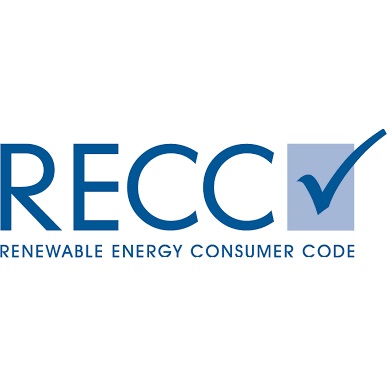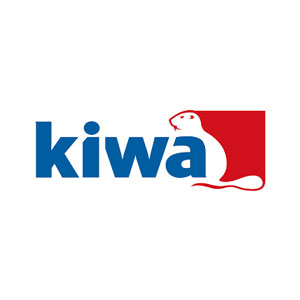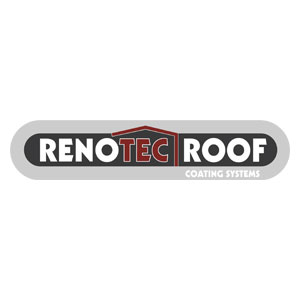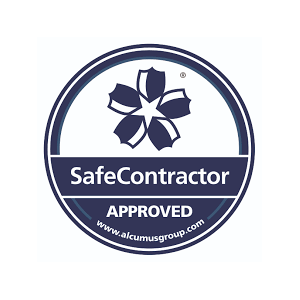Rooms in the roof, also known as attic rooms or loft conversions, are becoming an increasingly popular option for UK homeowners seeking to add living space to their homes. However, without proper insulation, these rooms can be a major source of heat loss, reducing the energy efficiency of the home and leading to higher heating and cooling bills. In fact, according to the Energy Saving Trust, around 25% of heat is lost through the roof in an uninsulated home.
The Challenges of Room in the Roof Insulation
Rooms in the roof are prone to several insulation challenges that can negatively impact the comfort of the space and increase your energy consumption and energy bills.
Poor Air Sealing
Rooms in the roof are often poorly sealed, leading to air leaks and drafts that can contribute to heat loss in the winter and heat gain in the summer. This not only affects the comfort of the space but also increases that amount of energy you use. The Department of Energy estimates that air leaks can account for up to 30% of a home's energy loss. Air leaks can allow outside air to penetrate the space, and also allow inside air to escape. This can result in a drafty, uncomfortable living space. Poor air sealing and inadequate insulation can lead to damp issues in rooms in the roof. When there are air leaks in the roof, moist air can penetrate the space and condense on the roof structure or walls. This can cause mould growth, which not only affects the appearance of the space but can also pose a health hazard. Insufficient insulation can also cause condensation, as the temperature difference between the warm air inside the room and the cold roof structure creates a surface for moisture to condense on. This can cause mould, rot, and structural damage if not addressed in a timely manner. By addressing the challenges of poor air sealing and inadequate insulation, homeowners can not only improve the comfort and energy efficiency of their homes but also prevent damp issues from arising in their rooms in the roof.
Inadequate Insulation
Rooms in the roof are often poorly insulated, leading to heat loss and energy inefficiency. Traditional insulation materials such as fiberglass or cellulose can settle over time, reducing their effectiveness, and may also be difficult to install in irregularly shaped spaces. According to the Department of Energy, around 70% of homes in the UK have inadequate insulation levels.

Heat Loss in Winter
Rooms in the roof are often uninsulated or poorly insulated, leading to significant heat loss during the winter months. This heat loss occurs because warm air rises, and without proper insulation, it can escape through the roof and walls of the room. This can result in a drafty, uncomfortable living space, and homeowners will need to use more heating to maintain a comfortable temperature.
Heat Gain in Summer
Rooms in the roof can also be a source of heat gain during the summer months, as the sun can cause the space to become uncomfortably warm. This heat gain occurs because the sun's rays can penetrate the roof and walls of the room, increasing the temperature inside. This can result in a hot, uncomfortable living space, and homeowners will need to use air conditioning or fans to maintain a comfortable temperature.
The Benefits of Spray Foam Insulation for Room in the Roof
High R-Value
Spray foam insulation has a high R-Value, meaning it is highly effective at insulating the space and reducing heat loss and heat gain. This results in improved comfort and energy efficiency, reducing energy consumption and bills. The average R-Value of spray foam insulation is around 6.0 per inch, compared to 3.2 for fiberglass and 3.8 for cellulose.
Exceptional Air Sealing Properties
Spray foam insulation seals cracks, gaps, and other air leaks, preventing drafts and improving the airtightness of the room in the roof. This helps to reduce energy consumption and bills, as well as improving the comfort of the space. A study by the Building Research Establishment found that spray foam insulation can reduce air leaks by up to 50%.
Easy Installation
Spray foam insulation is quick and easy to install, making it a convenient solution for room in the roof insulation. The insulation is applied as a liquid, which moulds and expands to fill the entire space, providing complete coverage. This helps to ensure a consistent level of insulation, reducing heat loss and heat gain and improving energy efficiency. The installation process can be completed in just a few hours, compared to several days for traditional insulation methods.


Lack of Mess and Disruption
Unlike traditional insulation methods, spray foam insulation does not create a lot of mess or disruption during installation. The insulation is applied as a liquid, reducing the amount of mess and disruption that is created during the installation process. This makes it a convenient and low-impact solution for room in the roof insulation.
Durability
Spray foam insulation is a durable solution for insulating the room in the roof. The insulation does not shrink, settle, or break down over time, making it a long-lasting solution for reducing energy consumption and improving energy efficiency. Additionally, spray foam insulation is resistant to pests and moisture, making it a safe and effective solution for room in the roof insulation. A study by the Lawrence Berkeley National Laboratory found that spray foam insulation can last for up to 50 years, compared to 15-20 years for traditional insulation methods.
No need to remove all the ceilings and walls
Using spray foam to insulate your room in the roof means we don't need to remove all the ceilings and walls as it is sprayed into the void, causing much less damage to your decorated room. Other insulation methods require full removal of the walls and ceilings to insulate efficiently. This will keep any redecoration costs and mess to a minimum.

Rooms in the roof can be a major source of heat loss and energy inefficiency, but proper insulation can help to reduce energy consumption and improve the comfort of the space. Spray foam insulation is a highly effective solution for room in the roof insulation, offering a high R-Value, exceptional air sealing properties, easy installation, lack of mess and disruption, and durability. With spray foam insulation, homeowners can enjoy improved comfort, reduced energy bills, and a more sustainable home.
According to a survey by YouGov, around 68% of UK homeowners believe that insulating their homes would help to reduce their energy bills, while 59% believe that it would make their homes more comfortable. By choosing spray foam insulation for their room in the roof, UK homeowners can enjoy the many benefits that come with a well-insulated home and make a positive impact on the environment.
When it comes to room in the roof insulation, spray foam is the best solution for homeowners who want to reduce their energy consumption, improve the comfort of their homes, and make a positive impact on the environment.
If you are interested in learning more about insulating your room in roof, get in touch with Warmer Solutions today for a free survey. Our team of experts will be happy to answer any questions you may have and guide you through the process of upgrading your home's insulation.











